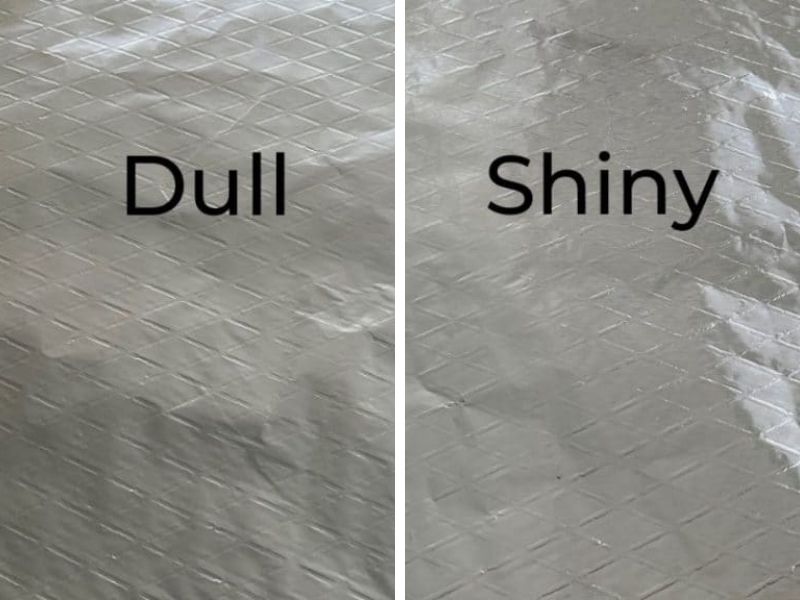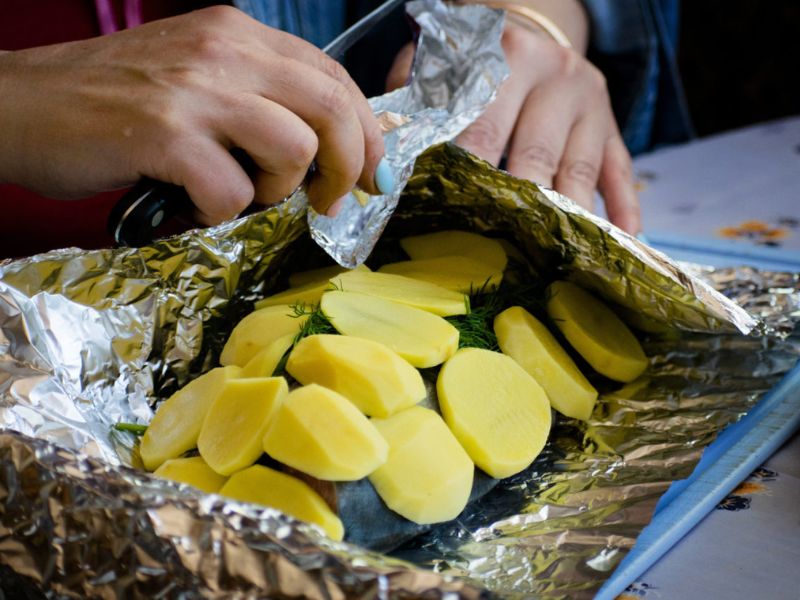Aluminum foil is a kitchen staple, indispensable for wrapping, baking, and cooking a wide range of dishes. Yet, a common dilemma persists among home cooks: should you use the shiny or dull side of the foil? Understanding the characteristics of each can significantly enhance your culinary endeavors.

ovenspot.com
The Shiny Side: A Reflective Shield
The shiny side of aluminum foil results from a manufacturing process that involves passing the foil through polished steel rollers. This side boasts a smooth, reflective surface, crucial in specific cooking scenarios. The shiny side is your go-to when you want to lock in moisture and heat, particularly for roasting or baking. Its reflective nature creates a microcosm, trapping the heat and humidity around your food, resulting in even succulent cooking.
The Dull Side: Matte And Non-Stick
Conversely, the dull side of aluminum foil sports a matte finish, achieved through a series of compression and shaping rollers during the manufacturing process. This side is less reflective and slightly more adhesive, making it invaluable for situations where preventing sticking is paramount. When covering the opening of a casserole dish or wrapping foods prone to adhesion, the dull side offers superior non-stick properties.

simplemost.com
The Minimal Difference: Reflectivity At Play
While the distinction between the two sides is notable, it’s important to note that the actual difference in reflectivity is relatively marginal. In most culinary endeavors, whether you choose the shiny or dull side won’t profoundly impact the outcome of your dish. Therefore, you have the flexibility to use either side based on convenience and the specific needs of your recipe.
